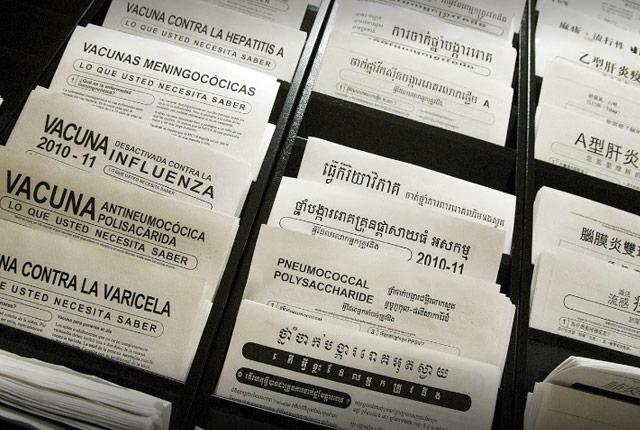

If English isn’t your native or primary language, you may struggle to find healthcare resources on the websites of Washington state hospitals.
Researchers at UW Medicine’s Harborview Injury Prevention & Research Center (HIPRC) and Washington State University found that many Washington hospital websites pose barriers for patients with limited English proficiency. The study was published Jan. 27 in the Journal of Immigrant and Minority Health, and is part of a growing body of research to understand health inequities.
Only 10 of 93 hospitals in Washington provided translated versions of their websites in commonly spoken languages, the researchers found. Spanish, Japanese, Korean, and Russian were the most common languages found on hospitals’ sites in the state, according to the U.S. Census. Google Translate was available for seven websites, but no hospital website offered Chinese translations.
“Ensuring high quality communication and access to health information for patients with limited English proficiency is crucial to improving health outcomes and decreasing disparities,” said lead author Janessa Graves, a researcher at Harborview Injury Prevention & Research Center, affiliate faculty member at the University of Washington School of Public Health, and an associate professor of WSU College of Nursing.
Past research has found that language barriers contribute to health disparities, and patients with limited English proficiency are more likely to have no usual source of care and more likely to have unmet healthcare needs.
“Immigrant and refugee populations are legally entitled to receive healthcare services and information in ways they can understand,” Graves said. “As all patients increasingly rely on internet sources for health information, hospital websites should serve as a resource for all language speakers.”
Larger, better-resourced hospitals’ websites were more likely to offer interpreter-services information than smaller hospitals, the findings showed.
“We must also seek to understand the challenges facing healthcare providers and institutions as they struggle to provide the highest quality care for their patients,” Graves said.
Addressing barriers to healthcare, such as expanding language assistance, is a step in the right direction toward improving health and reducing health disparities. HIPRC is home to the Injury Related Health Equity Across the Lifespan program, iHeal. Co-author and Core HIPRC faculty member Megan Moore directs iHeal. Its goal is to increase equity and improve the lives of patients who face additional barriers to accessing care and resources.
“We are actively collaborating with the Harborview Equity, Diversity and Inclusion Council to ensure equitable access to services,” Moore said.
Researchers in this study were a part of Language Access Research for Community Health (LARCH) coalition. The coalition was built out of a planning grant from the Latino Center for Health at UW, which is currently supporting other work we are doing looking at providers’ use of language services and technology in Washington state.
This study was funded in part by a grant from the Health Equity Research Center at Washington State University.